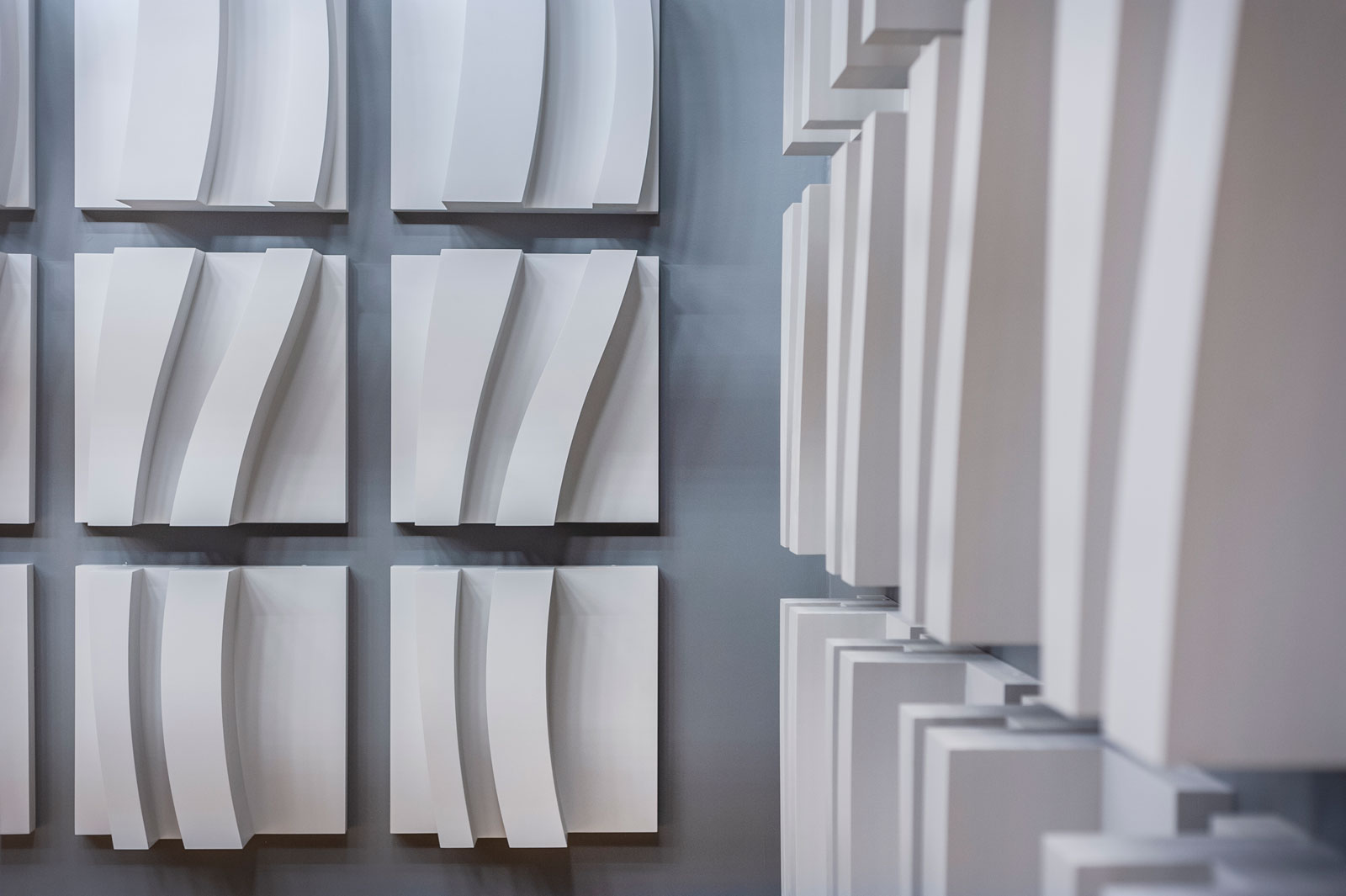
We prepare project documentation – ACOUSTIC DESIGN – for the needs of:
In case of every acoustic project, we analyse Customer’s needs, we closely consult proposed solutions with the User, so that the final project fully corresponds to the set design assumptions.

The interior acoustic design prepared by PAK includes:
Interior acoustics – acoustic adaptation of rooms, acoustic systems.

As part of sound protection design we develop:
Noise protection – sound insulation, building acoustics, noise reduction.

The design of an electroacoustic system consists of the following elements:

A complex stage manager system for a theater facility actually includes the designs of several systems.
As part of the stage manager system we design

Multimedia systems designed for conference and lecture halls are integrated with their equipment to ensure high comfort of use. The basic functionality of such systems includes the appropriate presentation of images accompanying the lecture and sounding the voices of the speakers or audio material illustrating the presentation. In the case of more complex systems, we are also dealing with the integrated control of all audiovisual components as well as lighting and darkening of the room. As part of a comprehensive conference multimedia system project we perform:

Stage lighting is also known as stage lighting, theatrical lighting, studio lighting. As part of the stage lighting design, we perform the selection and placement of lighting fixtures (profile spotlights, fresnels, floodlights, par’s, heads, follow spots, …) using computer simulations. We select and specify cabinets regulators, consoles, controllers, cabling.

Stage technology of buildings is a field that describes how a building such as a theater, concert hall, or any kind of performance venue should function. The general technology design defines, among other things, the guidelines for the layout of rooms, passenger and freight communication. Such documentation also contains solutions for transport and storage and refers to all workshops and specialist rooms. The technology design also defines the layout of galleries and technical platforms, and is responsible for providing the appropriate technical infrastructure for the operation of stage mechanics, stage lighting and sound systems.
Stage technology is most often a part of stage technology design concerning the specialized equipment of performance venues. Such a project concerns the provision of curtains, tripods, lecterns, stage floors, ballet floors, stage equipment, orchestra pit equipment, ..,

Stage mechanics. As part of the mechanical documentation we design mechanical devices used for performances and concerts:
Documentation includes the selection, construction and arrangement of individual mechanical devices and electric or hydraulic drives depending on the chosen technology. The project usually also includes solutions for the control of mechanics.

Public address systems, popularly known as broadcasting systems, are similar to classical stage electroacoustic systems in terms of design. The difference is that one public address system can serve many rooms in even very large facilities. Voice Evacuation Systems are in practice public address systems with increased requirements for reliability of operation and resistance to electromagnetic interference and any other effects resulting from fire hazards. When designing public address systems we perform the same operations as in classical electroacoustic systems.